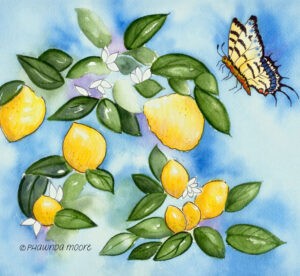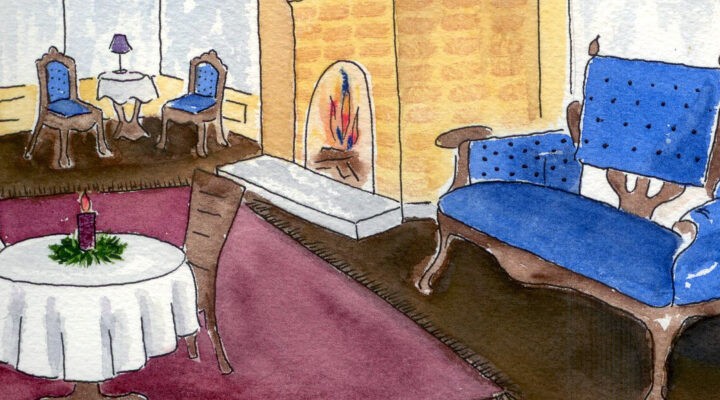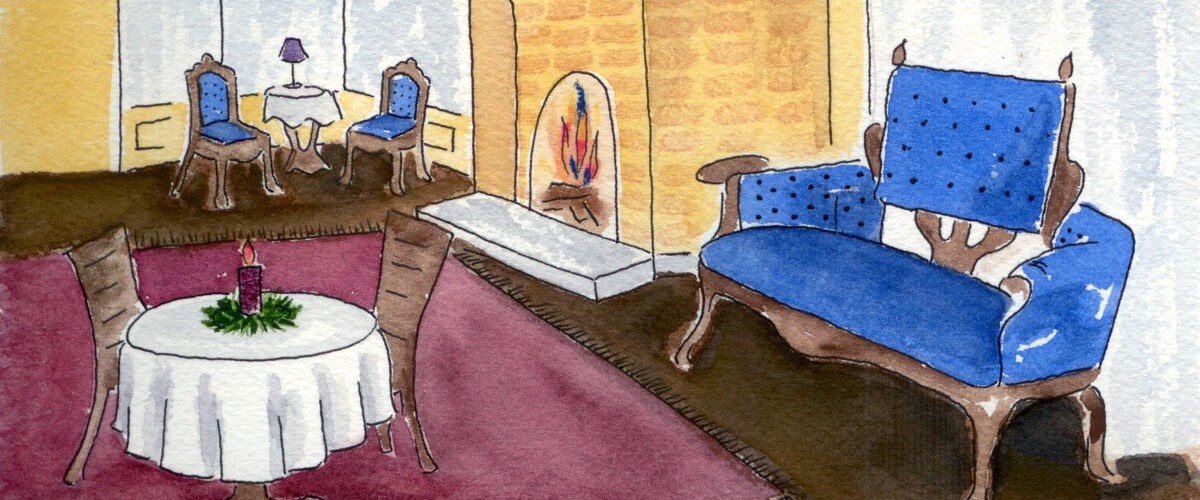As spring arrives, the outside world seems more inviting than ever. Fresh air and new sights await as we dust off our hiking shoes and remove our masks to explore trails or head to a national park.
This educational and recreational activity was made popular by John Muir, who said: “Climb the mountains and get their good tidings. Nature’s peace will flow into you as sunshine into trees.”

John Muir as a young man
John Muir was an ecological thinker, political spokesman and religious prophet whose writings became a personal nature guide for many people. He published more than 300 ecological articles and 12 books, writing with a quill made from a golden eagle feather found on Yosemite’s Mount Hoffmann.
Known as the “Father of National Parks,” Muir helped change Americans’ attitude toward wilderness and wildness and convinced the U.S. government to protect Yosemite, Sequoia, Grand Canyon and Mount Rainier as national parks. He also co-founded the Sierra Club and served as its first president.
Muir lived in a 14-room Victorian mansion in the Bay Area of Northern California. The home was built by his father-in-law. After the Muir family sold the home in 1915, it had various owners until it was abandoned sometime in the 1940s. Falling apart from neglect, it attracted bats that set up residence in the attic, a homeless person or two, and vandals who shot out the windows. Sadly, it seemed headed for demolition.
Then along came community activist and educator Faire Sax, who agreed with popular opinion that the house was hopeless. “It was a mess,” Faire told me years later. Nevertheless, believing that it needed “someone to love and care for it and keep it going,” she persuaded her husband, Henry, to purchase the home that she called Muir Manor. In 1955, they began an extensive restoration project. Everyone, she said, thought they were “crazy.”

Faire Sax
The only livable room at the time was Muir’s library, the “Scribble Den,” which seemed to be a natural place for a teacher, speech therapist and aspiring poet, while the home was restored to be “as authentic as we could make it.”
Despite having no central heat or lighting, Faire began to feel the presence of “God’s words” in the middle of the night. She got up and crept down the back stairs with a flashlight to write her first poetry about the wonders of nature, faith, a little whimsy and everyday life there.
Finally, after many years of research, dedication and labor, the dust was cleared and it was time to celebrate the results with the community. Faire dressed up in Victorian attire, with a bonnet and parasol, to welcome friends and curious tourists to the newly restored mansion. The Saxes lived there until 1968, when they sold the home to the National Park Service.
I met Faire in 2004 to publish a book of selected poems she wrote at Muir Manor. Now in her new home in Southern California, she recalled the years of living her dream with love and pride in Sixteen Poems written at Muir Manor.
Faire had a delightful childlike spirit that belied the fact that she was in her 90s. And she was as sharp as a tack. One day I realized I’d overlooked bringing her the copy of her poems for the final proofing and apologized. She responded not to worry, she didn’t need to see it.
“But you do,” I insisted, “so we can proofread everything before it goes to print.” She smiled at me: “I know all my poems by heart.”
In her memory, here’s the first stanza of “Lemon Tree at Muir Manor.”
 A harmony of hue there is
A harmony of hue there is
Outside the window world in spring
A lemon tree is etched in green
Against the sky in shades that sing.
In 2005, Faire shared her story with Huell Howser in the PBS production of “California Gold.”
She and Henry continued spreading the knowledge, faith and light of Muir’s life. One spring morning, she sat against a towering, aged cedar that Muir had brought to the grounds as a little seedling, and penned words seeking peace in a world fraught with war and hate. Faire believed she was a pilgrim finding her way through life and found comfort in the shelter of trees.
Other poems express her faith, the human spirit, creative gifts, time and daily life. The banner shows one of the mansion’s restored rooms, where Faire and Henry dined together.
John Muir’s home and grounds is now a National Historic Site, and the tours continue. Thanks to John Muir’s powerful, persuasive writing and the dedication of the Saxes, it’s a charming and educational place to explore.
Editor’s note: While the Sierra Club in 2020 issued an apology for its own history of racism it said was tied largely to Muir’s legacy, other Muir scholars have questioned whether Muir was indeed the kind of racist the Sierra Club has charged. This issue remains an open debate tied up in the modern effort to understand those who lived in an earlier time.

Phawnda Moore
Phawnda Moore is a Northern California artist and award-winning author of Lettering from A to Z: 12 Styles & Awesome Projects for a Creative Life. In living a creative life, she shares spiritual insights from traveling, gardening and cooking. Find her on Facebook at Calligraphy & Design by Phawnda and on Instagram at phawnda.moore.
Related articles:
On Earth Day, let us remember the earth is filled with God’s glory | Opinion by Phawnda Moore
‘You don’t cut them oaks. Them’s for the College Hall.‘ | Opinion by Scott Dickison


